How to get to Angkor Wat
The nearby town of Siem Reap can be reached via good roads from Phnom Penh and buses and taxis make the trip regularly. Those preferring to travel by boat can also make the trip from Phnom Penh in some five or six hours—about the same travel time as by road. The airport in Siem Reap has service to Phnom Penh and regular flights abroad to Thailand, Singapore, Vietnam, and Laos.
Here is the dedicated article about Where is Angkor Wat and How to Get there
Angkor Wat Tickets and Entrance Fee
In order to visit Angkor Wat, you need to buy a ticket for the entire Angkor Archaeological Park. Within the 400 square kilometer park, there are more than 1000 temples including the famous Angkor Wat, as well as other big names such as the Bayon and Ta Prohm. It is not possible to buy entry tickets to only individual temples; you must buy the park pass. The cost depends on how many days you want to enter the park. The tickets available and their fees are:
- One day pass ($37 USD) – Valid only for the day that you buy it.
- Three-day pass ($62 USD) – Valid to be used for three days within ten days of purchase. The days you visit do not need to be consecutive, i.e. you can choose any three days within the ten days from the date of purchase.
- One-week pass ($72 USD) – Valid for one month from purchase, for a maximum of seven days. As above, these do not need to be consecutive days.
To buy the ticket, you need to go to the office in downtown Siem Reap (Ticket Center Location Google Maps). They accept cash (USD preferred, although riels are also accepted) and card. You do not need any ID to buy a ticket.

Pass/Ticket Tips
- The ticket/pass is given to you as a hard-copy ticket. If you lose it, you will need to buy another one – they will not replace it. For this reason, be super careful with your ticket (a waterproof pouch is a good idea).
- The admission passes (tickets) are non-transferrable. Your name and photo are printed on it.
- Children under 12 years don't need a ticket, they can enter for free. ID is required to proof their age.
- Even when you take a tour (recommended for 1 day, see below), the ticket/pass is not included. That means you always need a ticket.
Angkor Wat Map
Check the below map plan of Angkor Wat for your reference. You can either download the high-resolution map of Angkor Wat to have the better vision of what you will visit here.
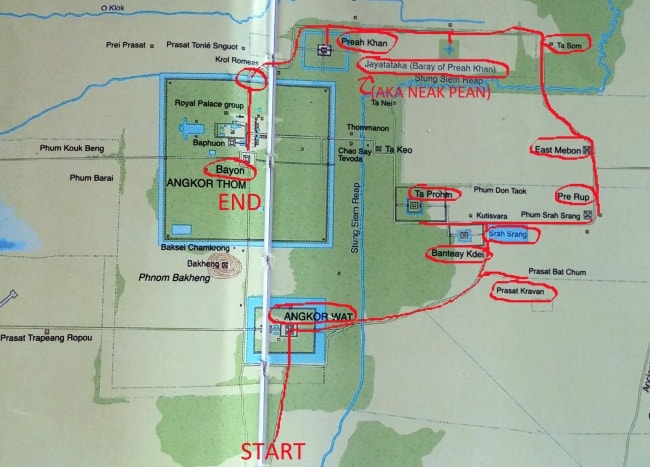
How Long to Spend at Angkor Wat
To visit Angkor Wat, you’ll have to purchase either a one-day, three-day or week-long pass.
Although travelers with tight itineraries in Southeast Asia try to squeeze in as many sights as they can in a day, remember that the Angkor complex is actually the largest religious monument in the world! It's spread over 250 square miles of jungle. You’re going to need more time than you think to not end up rushing around.
The temples are scattered all over Cambodia. If you're serious about exploring ancient Khmer ruins, plan on purchasing at least the three-day pass. Doing so is less expensive and troublesome than buying two one-day passes; you will end up wanting more than one day there.
Where to stay?
Siem Reap is just 7km from Angkor Wat and is the base for exploring the temples. Check out Siem Reap Travel Guide for more detail
Angkor Wat Dress Code
As the temples of Angkor represent a sacred religious site to the Khmer people, visitors are asked to dress modestly.
Appropriate attire when visiting temples in Angkor Wat is long pants (covering the knee) and shirts that cover shoulders. Skirts, small shorts, tank tops, and other items of revealing clothing are not allowed within temple grounds. Visitors can and are frequently turned away from temples when wearing revealing clothing.
It is not possible to visit the highest level of Angkor Wat without upper arms covered and shorts to the knees. Local authorities have visitor 'code of conduct' guidelines and a video to encourage appropriate dress, as well as reminding tourists not to touch, sit or climb on the ancient structures, to pay attention to restricted areas, and to be respectful of monks.
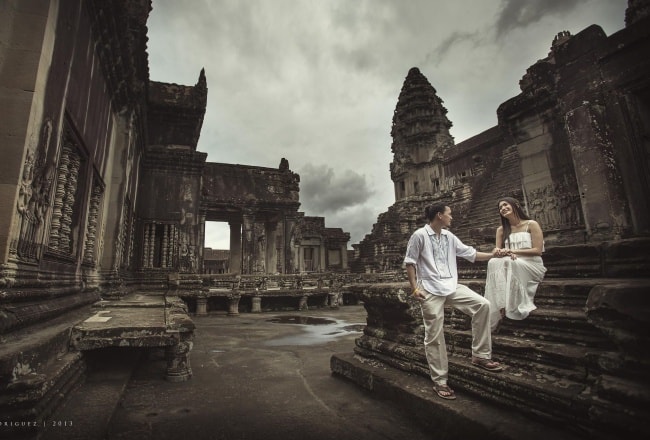
Angkor Wat Tours
People say that Angkor Wat is the most visited tourist site in the world. I am not sure if that’s true, but the good news is that whether it’s true or not, Angkor Wat is one of the most culturally and historically rich places in the world.
It also happens to be the world’s largest religious site. Its scale, architecture, and history have always conjured images of an exotic and faraway land in the minds of most foreigners, most of who will sadly never get to see this amazing place.
Full of ancient temples, wafting incense and smiling Buddhas, the Angkor Wat complex in all its splendor deserves one of the top spots on your dream itinerary.
If you are looking for a true experience, we have set out the full package of Angkor Discovery for your reference
Here is the list of Best Angkor Wat Tours that you can join for the best Angkor Wat Experience


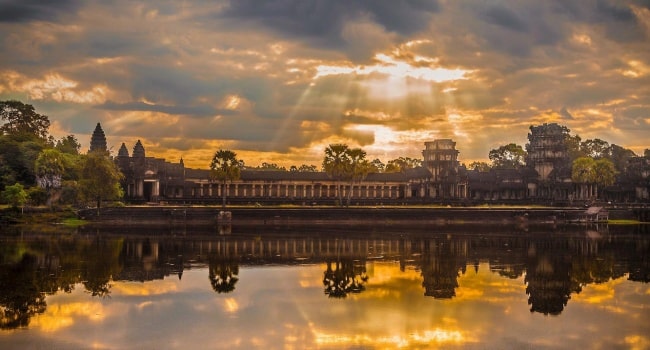

 22/12/2025
22/12/2025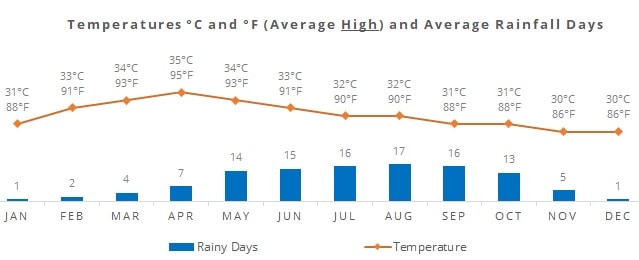
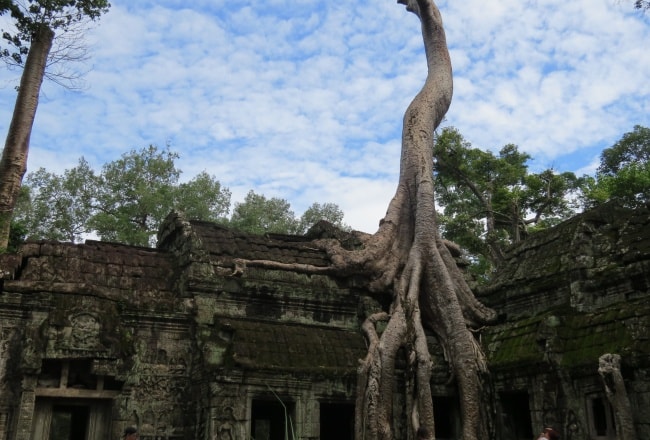
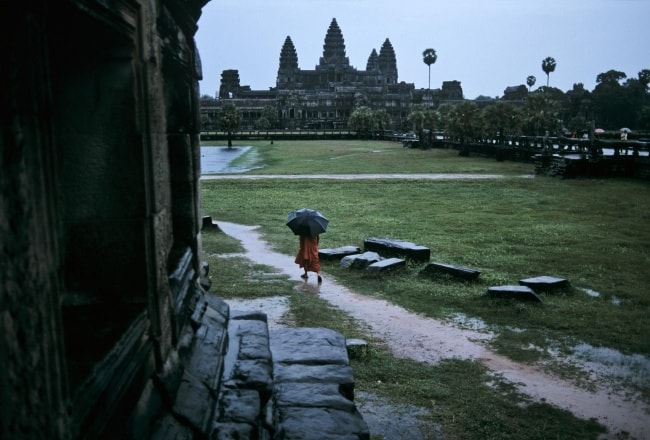
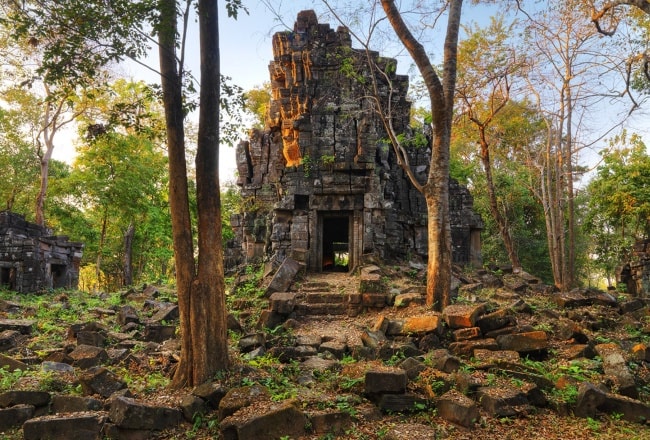
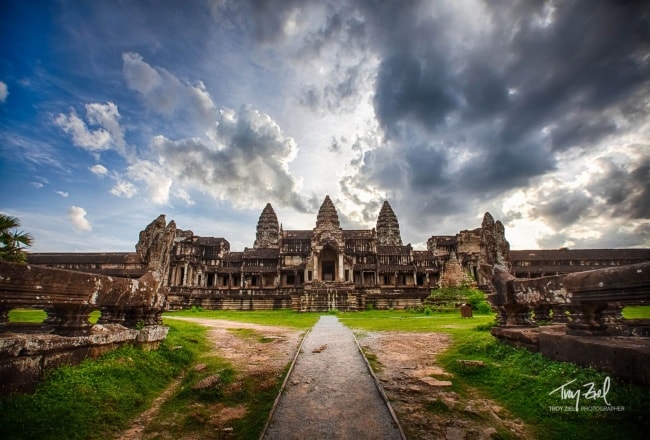
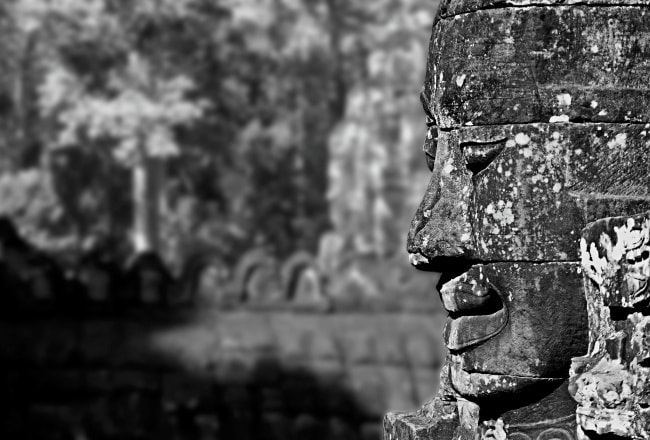
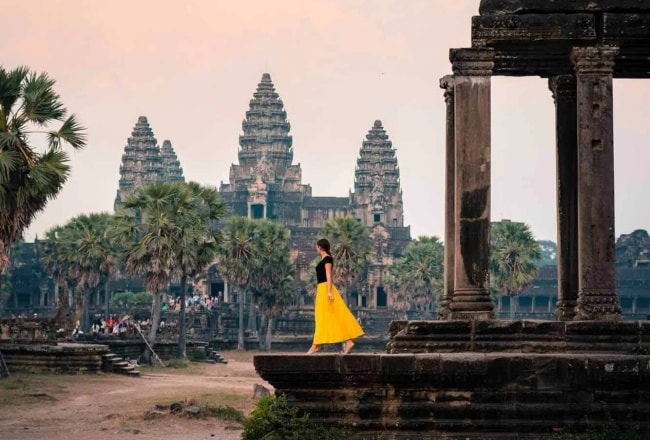
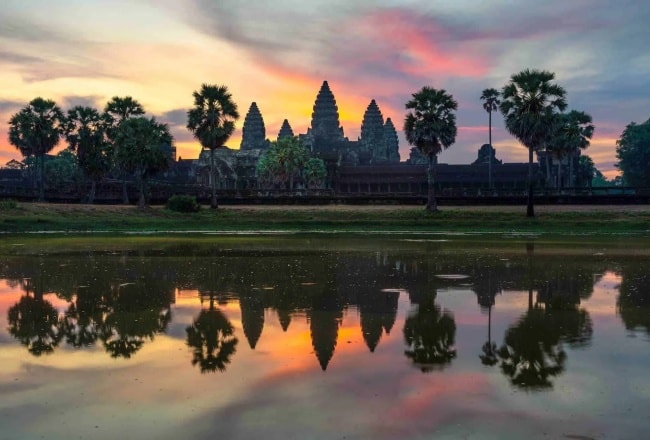
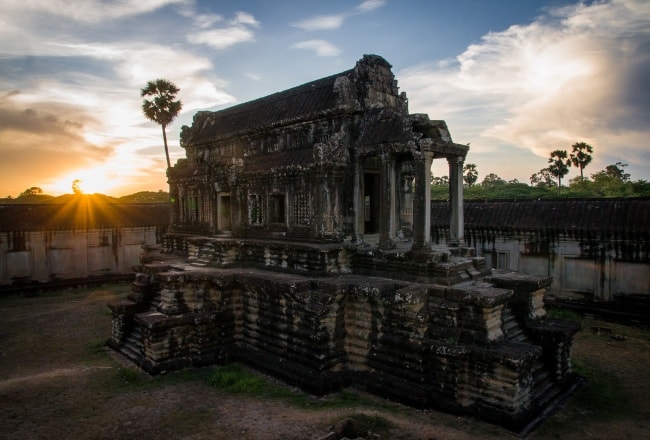























Jolie LIEMMy name is Jolie, I am a Vietnamese girl growing up in the countryside of Hai Duong, northern Vietnam. Since a little girl, I was always dreaming of exploring the far-away lands, the unseen beauty spots of the world. My dream has been growing bigger and bigger day after day, and I do not miss a chance to make it real. After graduating from the univesity of language in Hanoi, I started the exploration with a travel agency and learning more about travel, especially responsible travel. I love experiencing the different cultures of the different lands and sharing my dream with the whole world. Hope that you love it too!